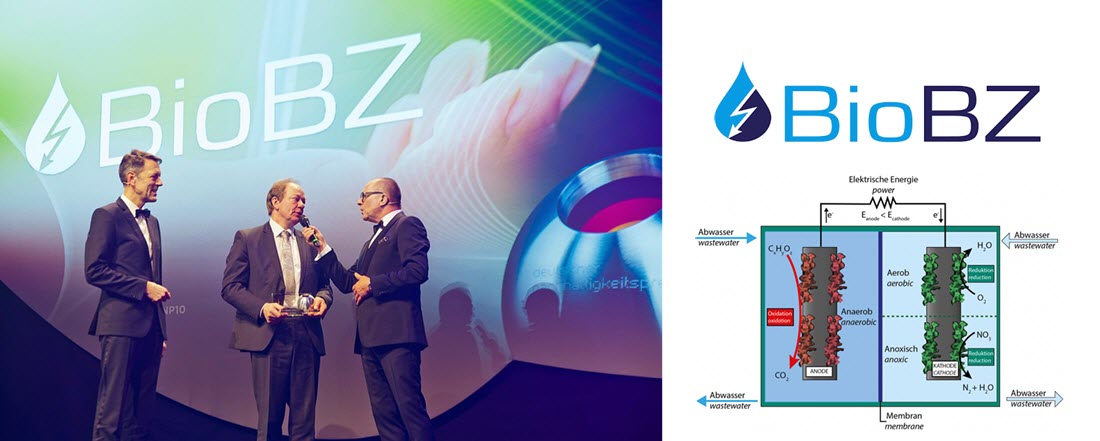
A test facility could purify the water of 250 residents, but it will take a few more years until that happens.
Goslar–Energy transition in wastewater treatment: By using the bio-electrochemical fuel cell (BioBZ), energy can be obtained from the wastewater of a sewage treatment plant – usually the largest municipal electricity consumer. A team of researchers from Clausthal University of Technology with several partners will further optimize this innovative approach and implement it in Goslar in a demonstration sewage treatment plant designed for 250 residents. The TU Clausthal reports this in a press release.
The Federal Ministry of Education and Research is making 5.9 million euros available through the Karlsruhe Project Management Agency (PTKA) over the next five years. There are also funds from industry and science.
Read Further: 7 Million Euros for an Energy-Producing Wastewater Treatment Plant using the Bio-Electrochemical Fuel Cell (BioBZ)
A worldwide novelty
The new joint project is coordinated by Professor Michael Sievers from the CUTEC Clausthal Environmental Technology Research Center. “A technical system, such as the one aimed at in the Demo-BioBZ project for sustainable wastewater treatment with complete carbon and nitrogen elimination, does not yet exist worldwide,” says Professor Sievers. The path to such a novelty is divided into three phases: a two-year (further) development phase, a one-year planning, and construction phase of the sewage treatment plant, and a two-year operating phase with process optimization. Unfortunately, Professor Sievers did not comment on a request from our editorial team for further details.
According to the new high-tech strategy of the federal government, good ideas should be put into practice quickly so that Germany strengthens its position as an economic and exporting nation as well as a leader in innovation. Implementing the innovations previously developed in BioBZ into wastewater practice would make a contribution, Sievers emphasizes. In addition, the energy transition would be practiced at the municipal level, since wastewater treatment plants could be operated at least in an energy-neutral or even energy-producing manner.
What is the principle behind it? Thanks to the bio-electrochemical fuel cell, the organic pollutants are converted directly into electricity when they are broken down. As an additional effect, the effort for ventilation, which also serves to break down contaminants, is reduced considerably. In addition, less sludge is produced, which would otherwise have to be disposed of at high cost. Within the cells, microorganisms act as biocatalysts that generate electrical energy during the breakdown of pollutants.
Municipalities are interested
For complete wastewater purification, compliance with all legal limit values and economical use, however, further innovations of the BioBZ starting point are required. For example, the system, the materials, and components, as well as the construction, are developed further, the cleaning performance has to be expanded and an automation concept or online control mechanisms have to be developed. “The aim of all innovations is higher performance with lower energy consumption,” says the project coordinator. Some municipalities in Lower Saxony have already expressed interest in sustainable wastewater treatment using bio-electrochemical fuel cells.
Read the most up to date Fuel Cell and Hydrogen Industry news at FuelCellsWorks




